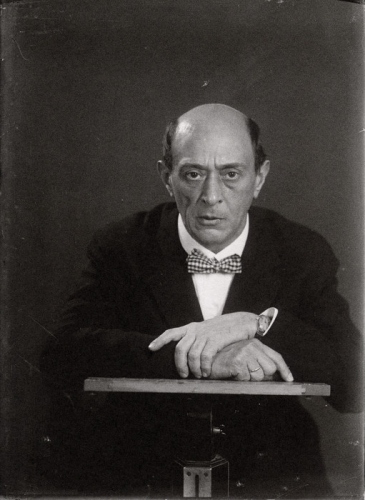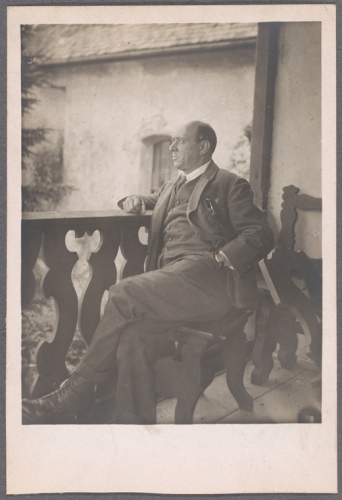Arnold Schönberg
One of the greatest and most influential twentieth-century composers, Schönberg initially drew on the tradition of Mahler, Richard Strauss, Wagner, and Bruckner (Verklärte Nacht, String Quartet, Op. 7). Already in the Kammersinfonie, Op. 9, however, he demonstrated a new expressionist style. His Drei Klavierstücke, Op. 11, Fünf Orchesterstücke, Op. 16, Pierrot lunaire, Op. 21, and Klavierstücke, Op. 23 map out Schönberg’s path towards the invention of dodecaphony as a new system of composition. He attracted pupils who took up his technique and applied it in their works in an artistically highly satisfying manner. Though Koffler was not one of Schönberg’s pupils, he was under a strong influence of that artist’s concepts.

